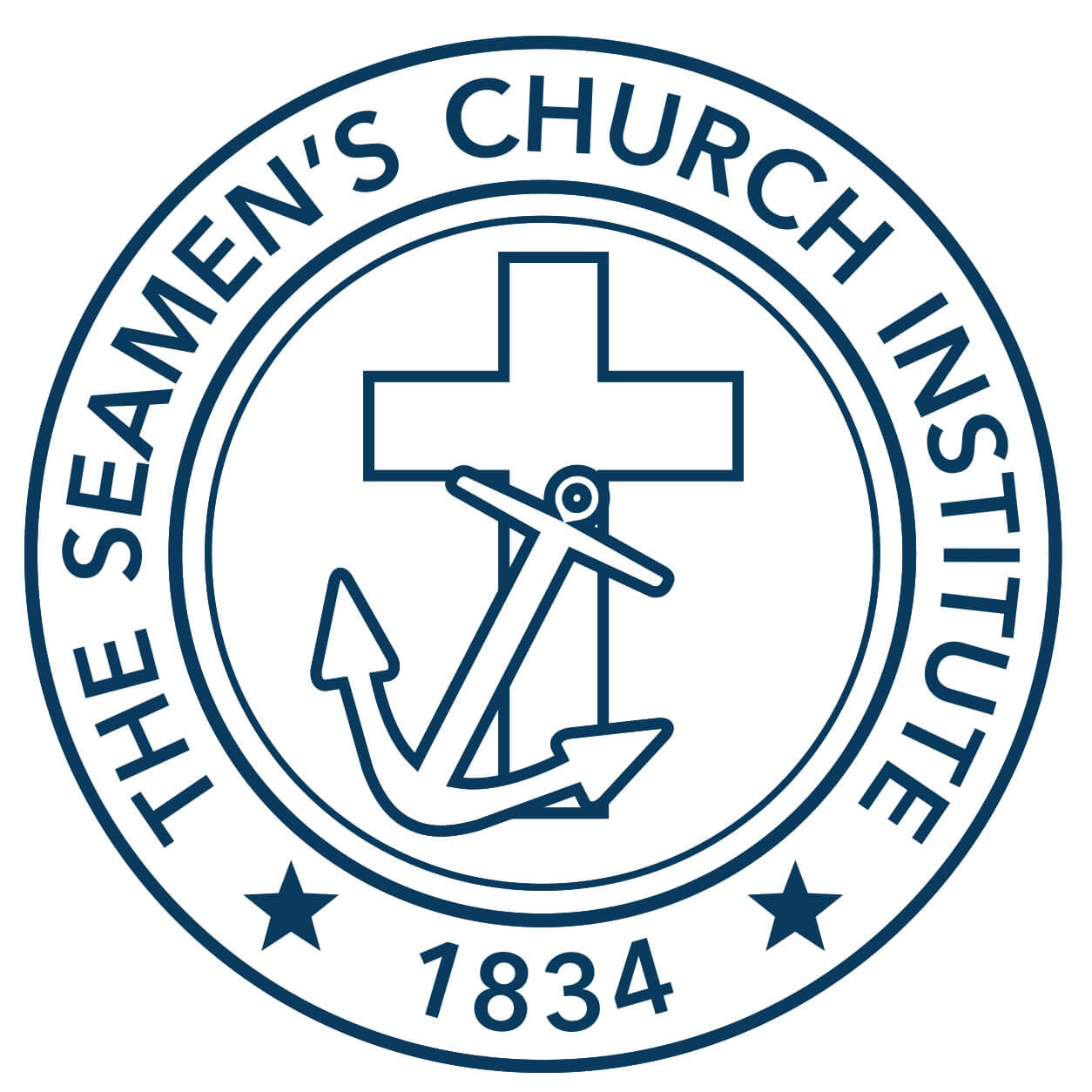Helicopter Safety Training

SCI Chaplains Train to Support Offshore Mariners


Working on an offshore vessel, rig, or platform is incredibly demanding. The isolation is intense, with crews often following a “28 days on, 28 days off” shift, without sight of land during their time onboard. Reaching offshore crews can be difficult and time-consuming, sometimes taking up to four hours for human support vehicles to arrive. Any visitors are significant, but when those visitors are trained to provide counseling and assistance, whether during routine operations or in times of crisis, it can make an immeasurable impact.
To align with the goals outlined in our recent Strategic Plan, which emphasizes expanding service to mariners wherever and whenever possible, it makes sense for SCI to begin supporting this specific maritime community. As part of this effort, SCI has been sending some of its Chaplains and Chaplain Associates for Helicopter Underwater Egress Training (HUET) or Basic Offshore Safety Induction and Emergency Training (BOSIET). HUET or BOSIET certification is required by most companies operating offshore vessels or structures, as helicopters are typically the only means of access to these locations, and visitors must be prepared for potential helicopter emergencies.
SCI Chaplain Geoff Davis, as a former mariner himself, has spent time on offshore vessels including drill-ships, and he understands firsthand the impact chaplains have when they visit. “Drill ships are incredibly complex in their equipment,” noted Chaplain Davis. “If something serious happens to a mariner, the other crew members can’t rest and take a few days to process it. The work must continue no matter what, which is why outside help after traumatic incidents is so important.”
Helicopter safety training is required before any SCI Chaplain can step into a helicopter and head out to an offshore vessel or structure, and for sure, it is no cakewalk. It focuses on equipping participants with the skills and knowledge needed to safely escape from a helicopter in the event of a crash or forced landing in water. It includes hands-on exercises, such as simulated helicopter submersion in a “helo dunker,” which sets up a timed and controlled environment where trainees get strapped in, go underwater, and practice escape techniques and the proper use of safety equipment like life vests and breathing devices.
SCI Chaplain David Shirk, who underwent this training multiple times during his previous career in the U.S. Navy, told us that the biggest challenge for most people is controlling their panic. “The training itself seems simple, but it can be very distressing. No one wants to be strapped into their seat underwater, only able to come out of one exit, especially when the vessel is rolled.” David further explained that if at any point during the training, should things seem questionable, “you are tapped on the shoulder and must immediately go limp and allow yourself to be extracted by one of the divers, as they are skilled in recognizing when someone is panicking and not able to exit the situation safely.”
For Chaplain Geoff Davis, the challenges of helicopter safety training are well worth the effort, as he explains: “This training gives SCI more opportunities; it opens more doors of ministry and support to serve mariners and to be more places where we might be needed.” With this training, SCI Chaplains can provide crucial comfort and guidance to another distinct group of mariners facing the strenuous demands of the job and environment—whether through one-on-one counseling, crisis intervention, or simply being a compassionate presence.
